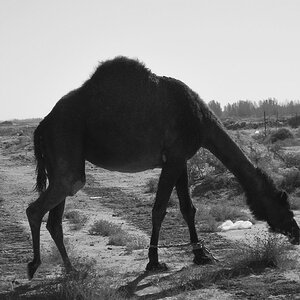Ryan Hall
TPF Noob!
- Joined
- Jan 4, 2009
- Messages
- 34
- Reaction score
- 0
- Can others edit my Photos
- Photos OK to edit
I've been playing with ISO levels, white balance, aperture, and shutter on my D80 a lot in recent weeks just learning how different combinations of the settings affect picture results in different light environments. And I've learned a lot, but regardless of what I know now, I still find myself having to experiment, taking "test" shots and adusting the settings until I get the picture just right so it looks good. Do some of you more experienced photographers learn to get it right the first time, or is this generally a trial and error process?
I would imagine that having the right equipment makes it a lot easier to get it right the first time. I've got the 18-55mm lens, and a 70-300mm lens, as well as an SB-26 speedlight, and the speedlight works wonders. What are your thoughts?
I would imagine that having the right equipment makes it a lot easier to get it right the first time. I've got the 18-55mm lens, and a 70-300mm lens, as well as an SB-26 speedlight, and the speedlight works wonders. What are your thoughts?


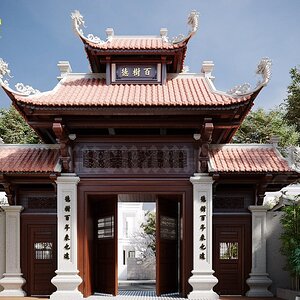
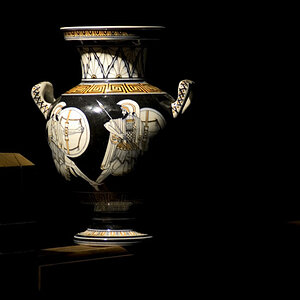
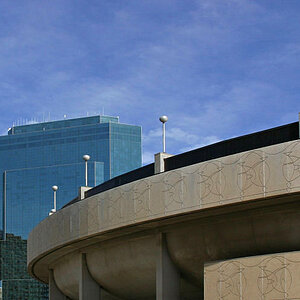
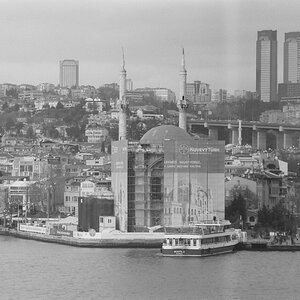
![[No title]](/data/xfmg/thumbnail/42/42454-2589290b654fa7e0ffdd794aaa5cbd86.jpg?1619740190)
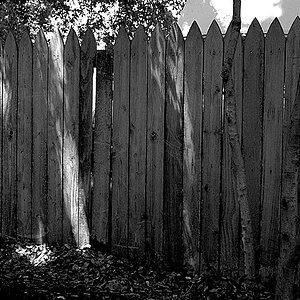
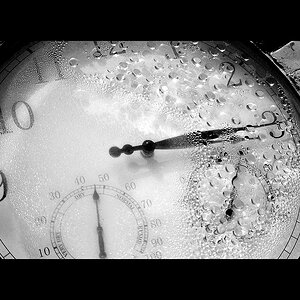
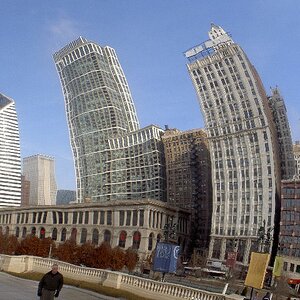
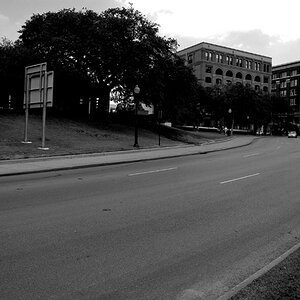
![[No title]](/data/xfmg/thumbnail/41/41758-1a91d93383c843959cb160b7ac7e762e.jpg?1619739883)

